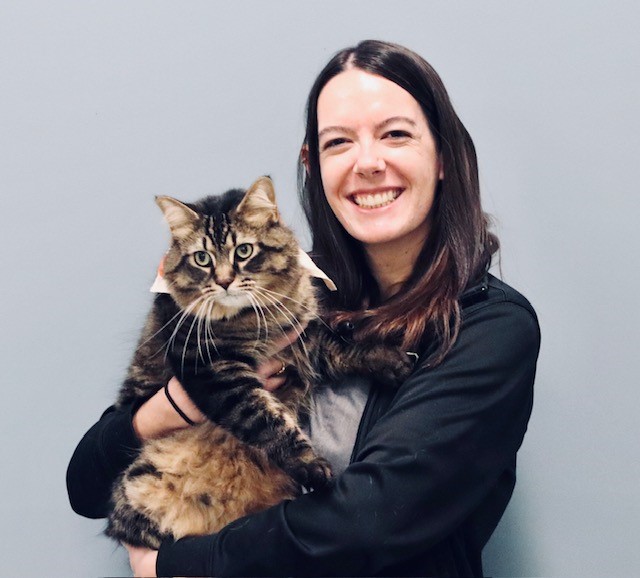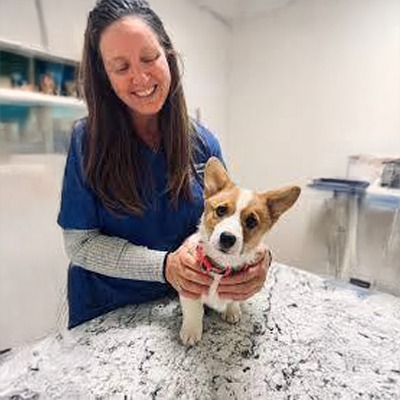How to Prevent Rabies in Dogs and Cats

Rabies is a deadly viral disease that targets the nervous system of mammals, including pets like dogs and cats, as well as humans. Once symptoms develop, rabies is almost always fatal, making it a critical public health concern that has persisted for thousands of years. In July 2024, the Minnesota Board of Animal Health reported […]
The Importance and Considerations of Vaccinating Cats

Vaccinating your cat is a critical aspect of responsible pet ownership, ensuring your feline friend stays healthy and protected against various infectious diseases. Here, we will discuss the considerations of vaccinating cats, including the types of vaccines, vaccination schedules, potential risks, and the diseases they protect against. Understanding the Types of Vaccines Vaccines stimulate the […]
5 Steps To A Pain-Free Pet

As pet parents, we want nothing more than to see our furry friends happy, healthy, and full of life. However, just like humans, pets can experience pain, and often, they suffer in silence. Because they can’t tell us when something hurts, it’s our responsibility to recognize the signs and take action to ensure their comfort […]
The Importance and Considerations of Vaccinating Dogs

Vaccinating dogs is a crucial aspect of responsible pet ownership, ensuring the health of individual dogs and the well-being of the broader canine community. With recent advancements in veterinary medical science, vaccines have become more effective and safer. However, deciding on the appropriate vaccinations for your dog involves several considerations. Here’s a comprehensive look at […]
Preparing Your Dog for Fireworks During the 4th of July
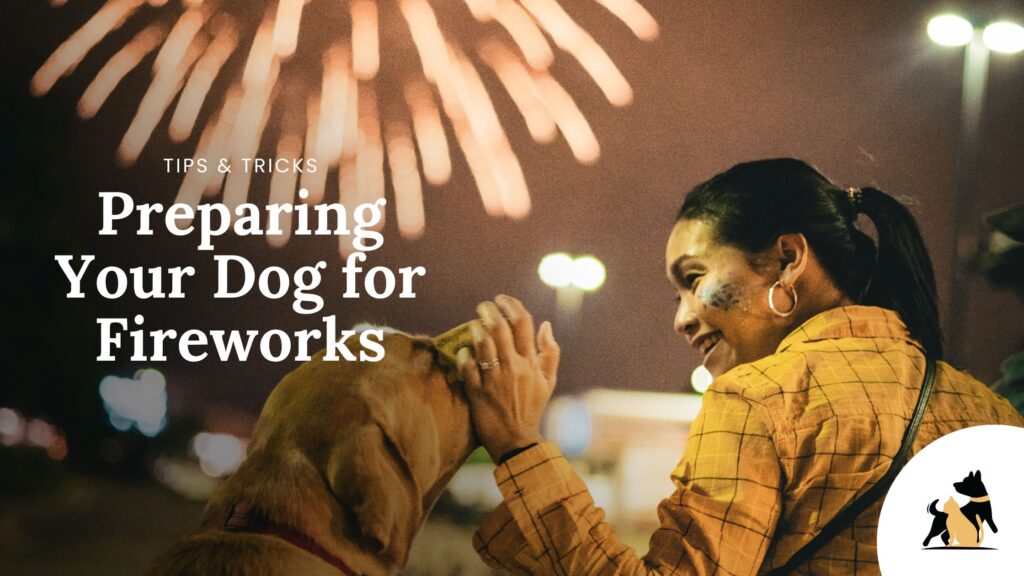
The 4th of July is a time of celebration, but for many dogs, the fireworks can be a source of extreme stress and anxiety. Preparing your furry friend in advance can help minimize their fear and ensure a safer and more enjoyable holiday for both of you. Here are some tips to help you prepare […]
The Benefits of Scratchpay for Veterinary Care
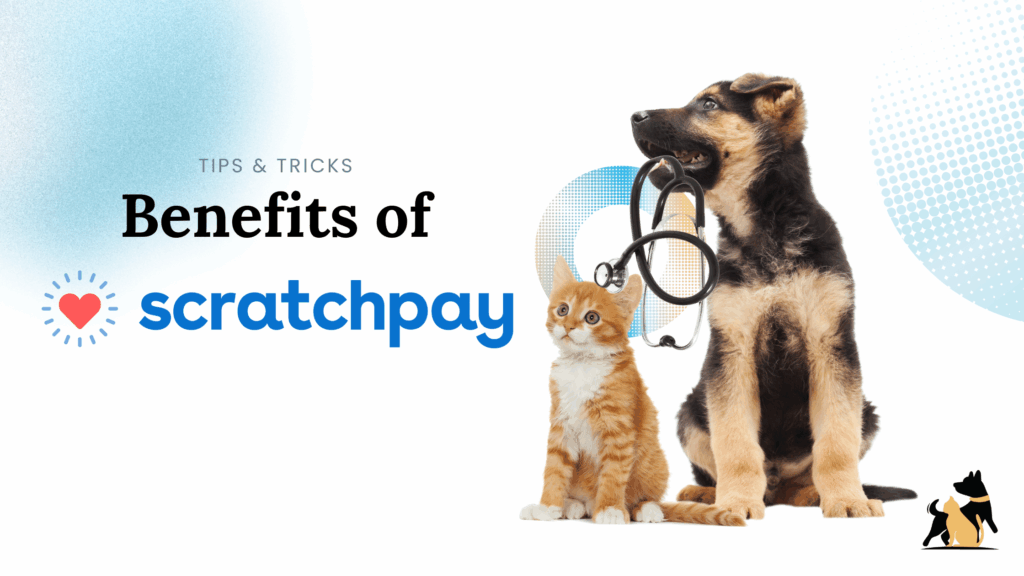
As pet owners, we understand the crucial role our furry companions play in our lives. When it comes to their health, we want the best possible care, but veterinary expenses can sometimes be untimely. Enter Scratchpay, a financial solution designed specifically to help manage the cost of veterinary care. Let’s explore the benefits of Scratchpay […]
Preparing for a Peaceful Passing: Considerations for You and Your Pet
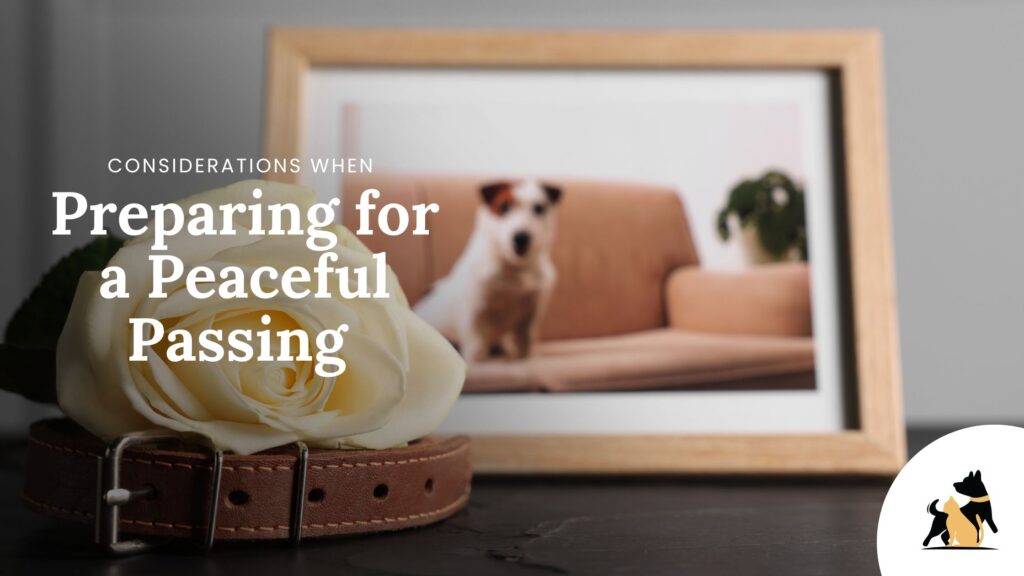
Euthanasia is a difficult and emotional decision that pet owners may face. It’s essential to understand when it might be the right time and how to handle the process with care and compassion. Knowing When It’s Time The decision to euthanize a pet is deeply personal and can be heart-wrenching. It often comes down to […]
Pros and Cons of Virtual Vet Visits: Can I see the Vet Online?

In recent years, telemedicine has emerged as a game-changer in various fields of healthcare, including veterinary care. The ability to consult with a veterinarian remotely, often via video calls or messaging platforms, offers convenience and accessibility for pet owners. However, like any technological advancement, telemedicine comes with its own set of advantages and disadvantages. Let’s […]
Transporting Your Pet to the Veterinarian: What to Know
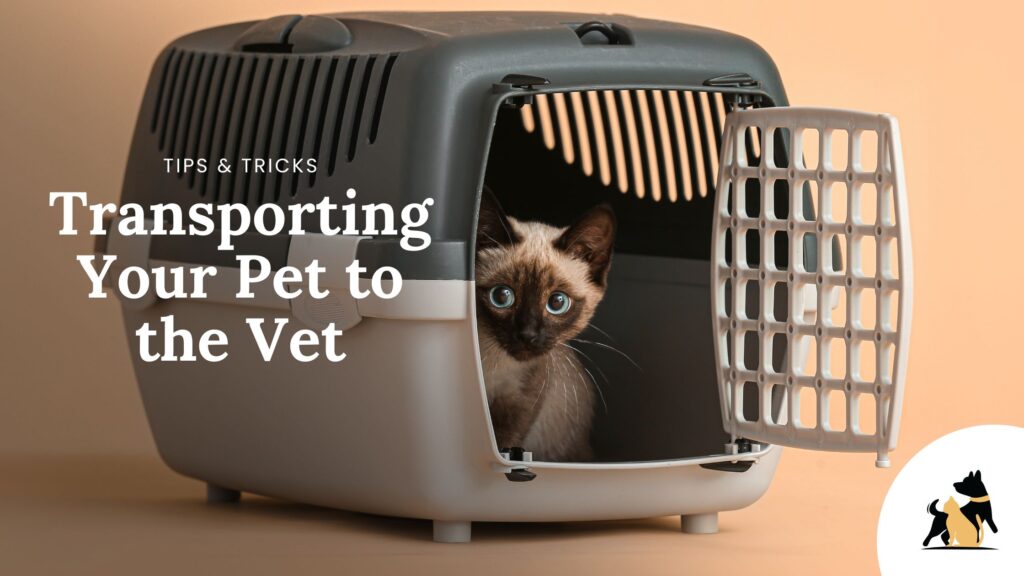
Transporting your pet to the veterinary clinic can be a stressful experience, especially if they’re not accustomed to car rides or being in a carrier. However, with a bit of preparation and patience, you can help make the journey as smooth and comfortable as possible for your furry friend. Introduce the Carrier Early: If your […]
Pet-Friendly Plants to Spruce Up Your Space
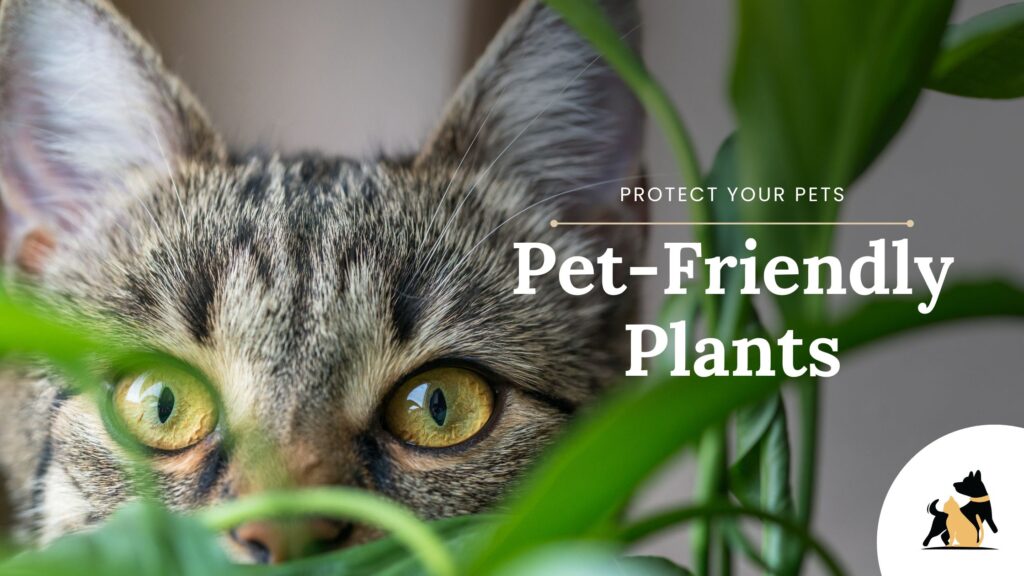
Having a pet shouldn’t mean giving up your dreams of a vibrant, plant-filled home. Many beautiful and interesting plants are safe for curious cats and playful pups. So, ditch the plastic ferns and fake flowers, and let’s add some life to your living space! Low-Light & Low-Maintenance Plants Snake Plant (Sansevieria) Spider Plant (Chlorophytum comosum) […]











